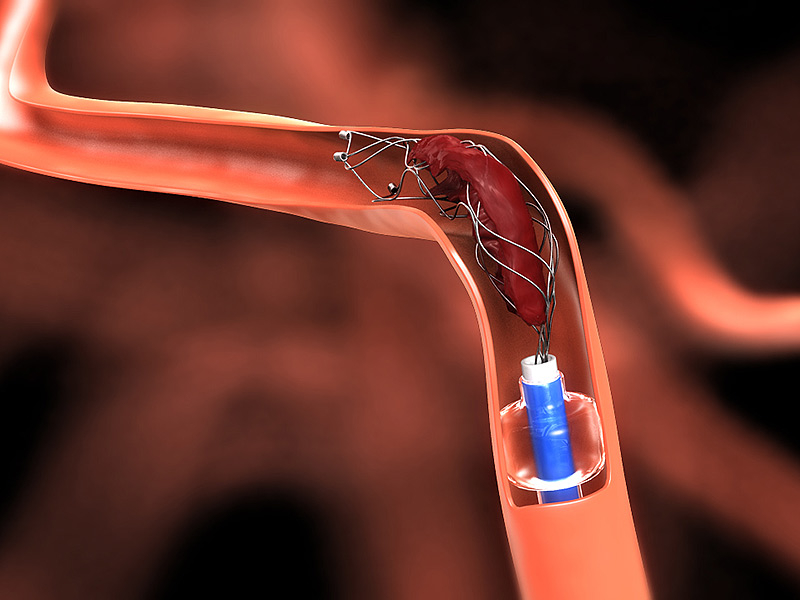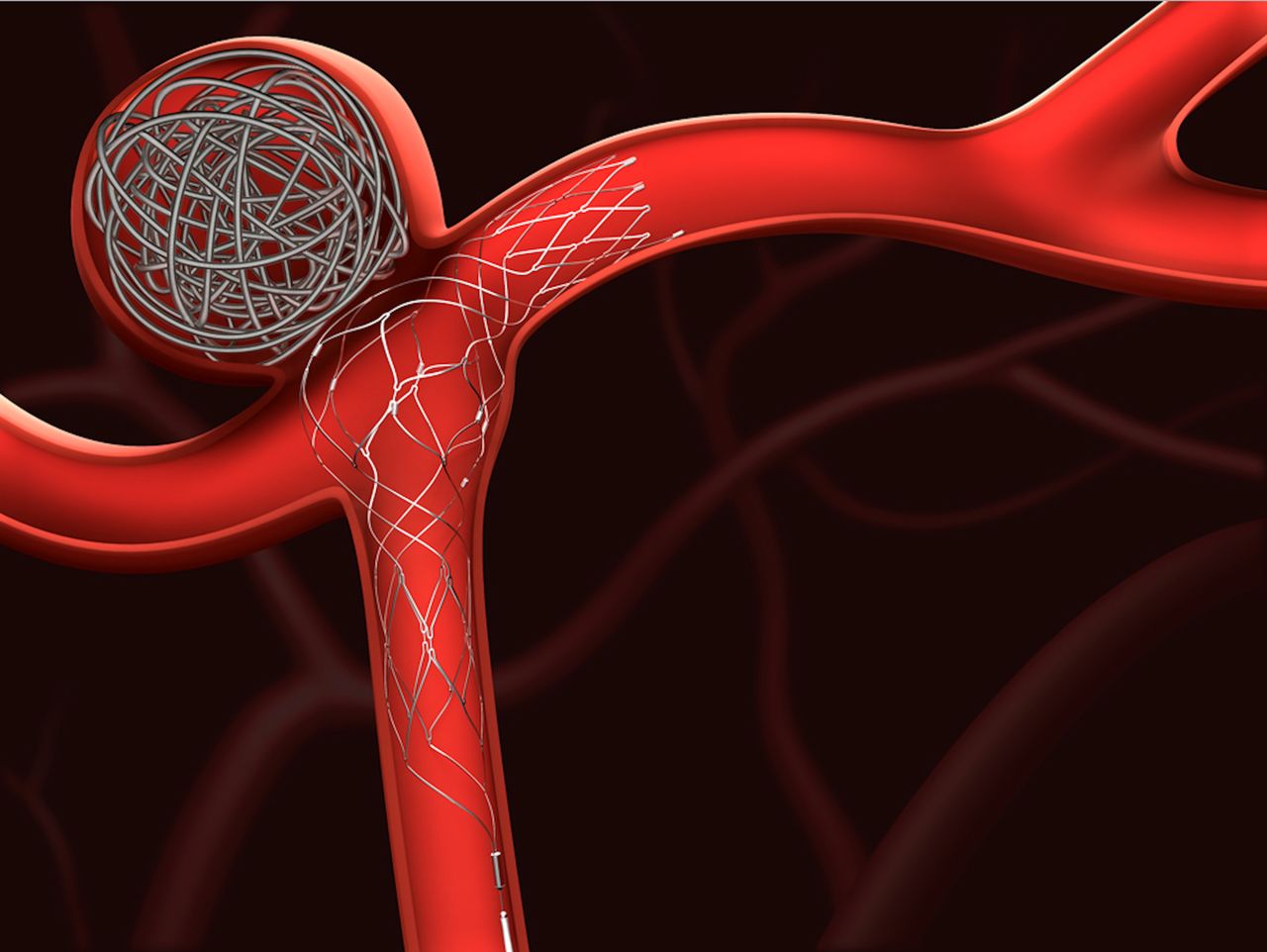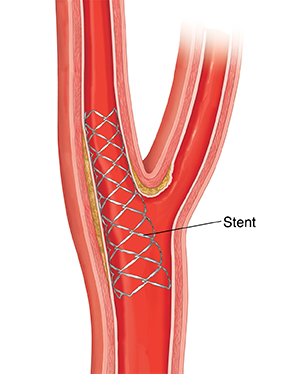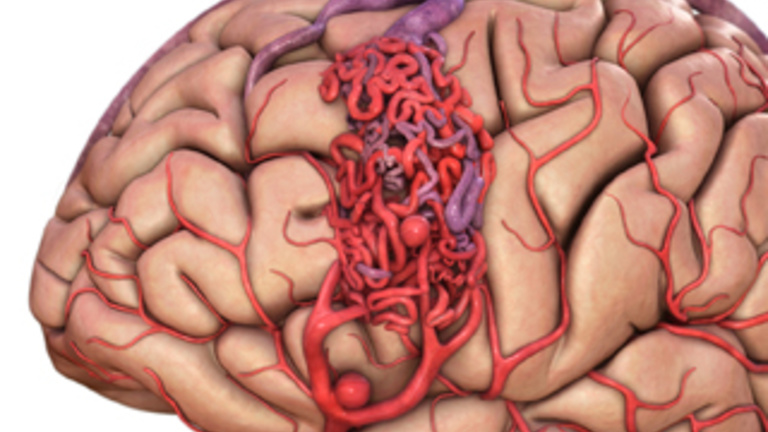Grants
1. Addressing the paradox of poor outcomes despite successful recanalization in stroke (08/24 – 05/29)
NIH/NINDS R01 NS138765
Aim: Develop a longitudinal dataset of LVO-AIS patients with multiple imaging modalities, and create a machine learning tool to help enable accurate prognostication of clinical outcomes and identify high risk patients in whom recanalization is not sufficient.
Co-PI: Santiago Ortega-Gutierrez, MD
2. Novel risk stratification score for patients with acute Cerebral Venous Sinus (12/22 – 12/24)
NIH/NINDS R03 NS126804
Aim: Develop an stratification score to detect CVST high-risk patients at admission
PI: Santiago Ortega-Gutierrez, MD
3. Geospatial modeling for Stroke Care (04/22 – 03/27)
NIH/NINDS R01NS127114
Aim: Develop an algorithm of stroke triage that maximizes neurological recovery for stroke patients in the US and that can be integrated in a point-of-care decision support application for easy use by paramedics.
Co-PI: Santiago Ortega-Gutierrez, MD
4. Safety and Efficacy Assessment of Surpass Streamline Flow Diverter in the US (09/20 – ongoing)
Stryker Neurovascular. Grant number: 2020-HEM-006
Aim: To evaluate the safety and efficacy of Surpass Streamline FD in a multicenter real-world cohort in the US
PI: Santiago Ortega-Gutierrez, MD
5. Novel Risk Stratification Score to improve the care of patients with acute Cerebral Venous Sinus Thrombosis (07/20 – 06/21)
CCoM clinical and educational grant, Award 53380621
Aim: To develop a score for early stratification of Cerebral Venous Sinus Thrombosis (CVST) patients with poor prognosis using novel and objective clinical and imaging biomarkers that appear during early pathophysiological stages of CVST
PI: Santiago Ortega-Gutierrez, MD
6. Using machine learning algorithms to predict final infarct volume and functional outcomes based on brain collateral patterns, clinical features and time + degree of recanalization (07/20 – 06/21)
IIAI – CCoM pilot grant
Aim: To determine the final infarct volume by using patient-level clinical and imaging-based data for the treatment times and success of recanalization in patients presented with large vessel occlusion stroke, undergoing revascularization
PI: Santiago Ortega-Gutierrez, MD
7. Deep Immuno Profiling with high Parameter Flow Cytometry to Identify Clinically Relevant Immune Correlates of Long-Term Cognitive Decline (7/1/2019 to 6/30/21)
ICTS - StrokeNET Pilot
Co-PI: Santiago Ortega-Gutierrez, MD
8. C-arm Cone Beam CTP Guided Cerebrovascular Interventions: Pilot trial to evaluate the Predictability and Accuracy of a C-arm CTP of acute cerebral ischemia in the angiosuite (9/5/17- present)
NIH/NINDS 1U01EB021183-01 and Siemens
Institutional PI: Santiago Ortega-Gutierrez, MD (PI: Beverly Aagaard-Kienitz)
9. C-arm Cone Beam CTP Guided Cerebrovascular Interventions: Pilot single center study to evaluate the Predictability and Accuracy of a C-arm CTP of acute cerebral ischemia in the angiosuite (7/5/18-6/2020)
Siemens - Neuroimaging pilot grant
PI: Santiago Ortega-Gutierrez, MD
Research Areas
Mechanical Thrombectomy
The mechanical thrombectomy is a non-invasive procedure done in patients with acute onset of stroke. During this procedure a stent is advanced through a blot clot in the brain. Once the stent passes the clot it is pulled back in hopes to take the clot with it. This can be done with or without aspiration.
Our Goal
To research and better characterize the use of mechanical thrombectomy as an effective treatment for patients with ischemic stroke. Including analyzing factors associated with reperfusion status after thrombectomy, different imaging modalities, TPA, event times, and functional outcomes.


Aneurysm Embolization
Cerebral aneurysms are enlargements of an artery that may be caused by weakening of artery walls. In order to treat these aneursyms, a non-invasive procedure can be conducted in which an embolization device is used to clot the localized enlargement.
Our Goal
To research the effectiveness in technical, radiological, and clinical of many aneurysmal embolization devices. Some of these devices include: stent assisted coiling, Surpass Streamline Flow Diverter, Woven EndoBridge (WEB), and more.
Carotid Stenting/Angioplasty
In patients with Internal Carotid Artery occlusion or stenosis, carotid stenting/angioplasty (non-invasive) can be perform to recanalize the vessel and restore adequate blood flow to the brain.
Our Goal
To investigate and analyze the technical and clinical outcomes after endovascular treatment of patients with carotid artery stenosis and occlusion.

Cerebral Venous Sinus Thrombosis (CVST)
CVST is a rare form of stroke , commonly seen in young adults and children. It occurs when a blood clot forms in the venous system of the brain resulting in abnormal drainage and/or bleeding in the brain tissue.
Our Goal
To investigate risk factors and novel biomarkers using Machine Learning Methodologies (MLM), and to develop a prognostic to identifying high-risk individuals with CVST.
Arteriovenous Malformation (AVM)
AVM's are unique entanglements of blood vessels that may connect arteries and veins together. This can disrupt normal blood flow as well as needed oxygen circulation. The vessels can also rupture and cause a bleed in the brain or spinal cord. Typical treatment includes non-invasive catheter or radiation therapy to close off these vessels.
Our Goal
We focus on retrospectively studying AVM cases to develop new ways to better manage and treat these patients.

Cerebrovascular Imaging
We study cutting-edge innovative imaging modalities using research software for Computed Tomography (CT), Magnetic Resonance Imaging (MRI), and Computed Tomography Perfusion (CTP) modalities to devise novel approaches for the diagnosis, prognostication, and treatment for patients with ischemic and hemorrhagic strokes. The core lab is equipped with image acquisition and optimizing protocols for clinical and experimental studies. We use algorithms and machine learning applications to evaluate biomarkers for functional and structural cerebrovascular diseases.